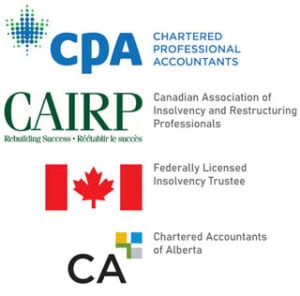The Bankruptcy and Insolvency Act is a federal statute with the Parliament of Canada having exclusive jurisdiction to enact laws relating to “bankruptcy and insolvencies” in Canada. The Constitution of Canada provides the provinces, to the extent is doe not conflict with federal law, the exclusive jurisdiction with respect to the property and civil rights of its residents. As a consequence, you will find variances in relation to the provincial exemptions and the types of property which are exempt in each province in a bankruptcy.
The Bankruptcy and Insolvency Act has as one of its prime purposes, the opportunity to permit an honest but unfortunate debtor to obtain the forgiveness of or discharge of his/her debts.
Fundamentally, the Bankruptcy and Insolvency Act is intended to establish fairness, consistency and order in dealing with the financial affairs of insolvent debtors and bankrupts in Canada, with the following objectives:
- To provide for the financial rehabilitation of individual persons who avail themselves of bankruptcy protection;
- To provide a mechanism whereby bankrupts can resolve their financial problems unfettered from collection actions by his/her creditors;
- To provide for the orderly and fair distribution of property amongst a bankrupt’s or an insolvent person’s creditors;
- To provide for the setting aside of preferential settlements or fraudulent transactions such that ordinary creditors can share equally in the distribution of a bankrupt’s property;
- To provide a regime whereby the creditors of a bankrupt can benefit from a collective action and share equally on an equitable basis, subject to the claims of preferred creditors and the rights of secured creditors in the context of a bankruptcy;
- To provide for an investigation into the conduct and affairs of an individual once bankrupt.



